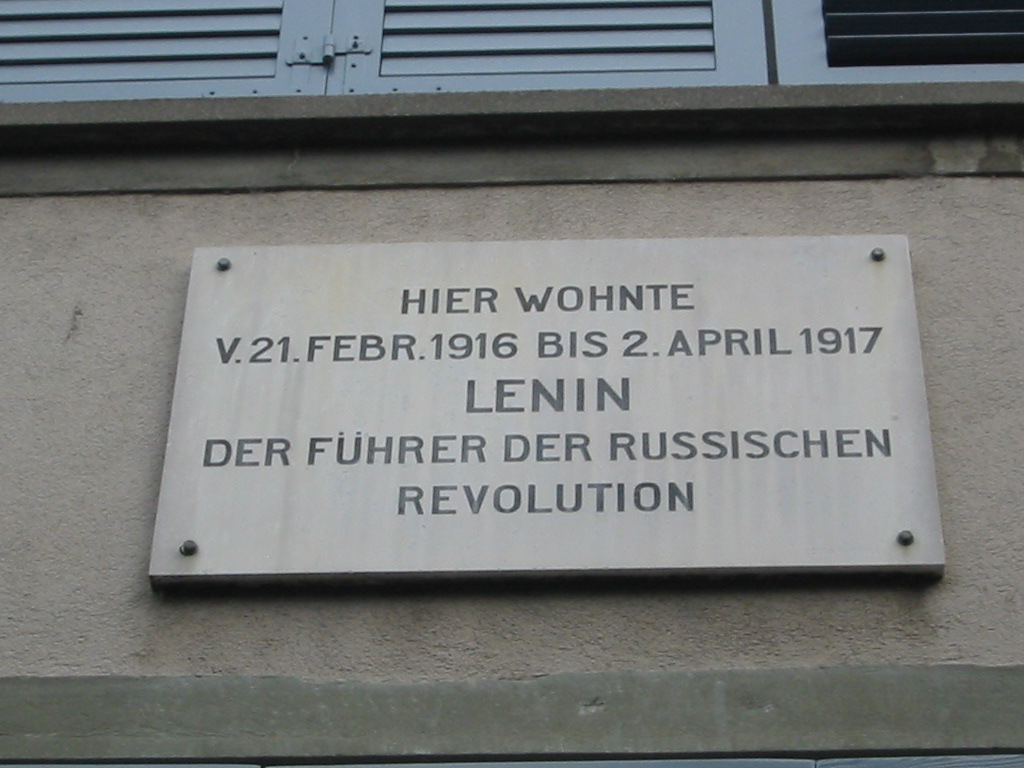Euro-zone experiment is growing older. The number of of member countries grew from original 11 countries to 19.
Estonia was the first from former Soviet Republics to jump into the experiment. Now, all three Baltic republics are in the zone. Surprisingly, there is no Poland in the list:
| N | Euro Zone Country | Date Entered |
|---|---|---|
| 1 | Austria | 1999-01-01 |
| 2 | Belgium | 1999-01-01 |
| 3 | Finland | 1999-01-01 |
| 4 | France | 1999-01-01 |
| 5 | Germany | 1999-01-01 |
| 6 | Ireland | 1999-01-01 |
| 7 | Italy | 1999-01-01 |
| 8 | Luxembourg | 1999-01-01 |
| 9 | Netherlands | 1999-01-01 |
| 10 | Portugal | 1999-01-01 |
| 11 | Spain | 1999-01-01 |
| 12 | Greece | 2001-01-01 |
| 13 | Slovenia | 2007-01-01 |
| 14 | Cyprus | 2008-01-01 |
| 15 | Malta | 2008-01-01 |
| 16 | Slovakia | 2009-01-01 |
| 17 | Estonia | 2011-01-01 |
| 18 | Latvia | 2014-01-01 |
| 19 | Lithuania | 2015-01-01 |
The experiment is growing despite tremendous difficulties. National Governments have to give up one of the potent tools at their disposal – printing money uncontrollably.
I can’t recall anything like this in human history. National Governments voluntarily give up some of their power. Apparently economic benefits of a single-currency Geo-space just outweighs the lost control. Plus the added convenience of financial transactions for businesses and people.
And we know at least 2 examples showing that large areas with the same currency are beneficial – China and USA. So, for Europe, Euro-zone is a good way to stay relevant and competitive in the years to come.
Among notable exceptions to the Euro-Zone right in the body of European continent are Switzerland, United Kingdom and Denmark.
Currently 1€ buys $1.16. It is possible that council of 19 “cooks” will be a better watchdog over Euro than one Federal Reserve (USA) with power over printing presses?





Be the first to comment